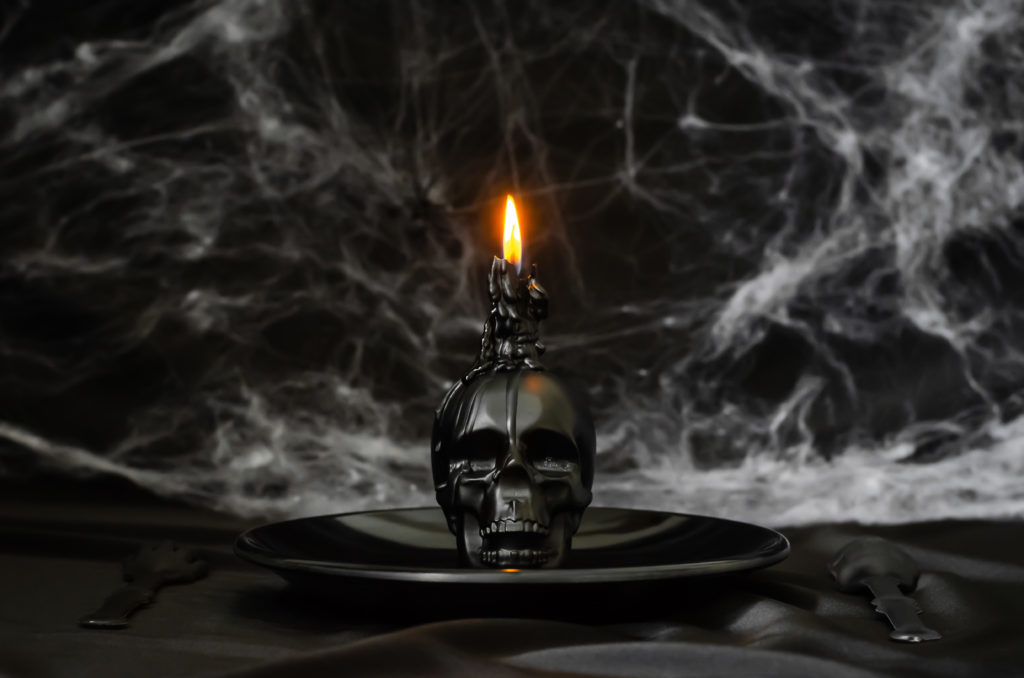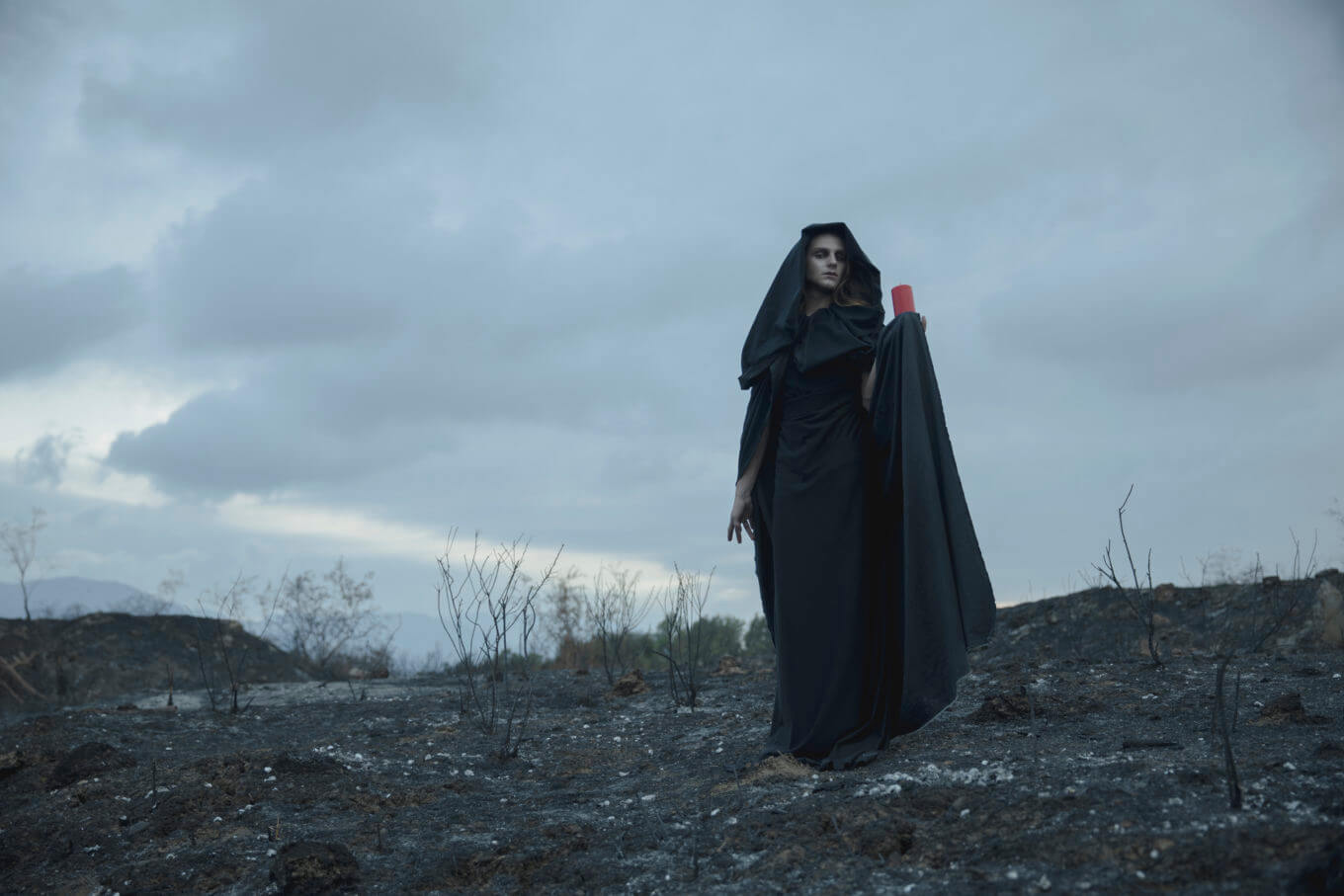High Magick is not a path for followers; it is a path for questioners, seekers, and anyone who struggles with dogma and pre-packaged answers. High Magick is for individuals who want to scratch the surface of reality to find what lies beneath. Magick, like other suppressed types of mysticism, encourages direct communion with the source of creation.
Though our culture has relegated “magic” to fiction, stage illusions or myths about dark practices, the magick Damien Echols discovered is an old Western tradition that rivals the Eastern practices of Buddhism, Taoism, and yoga in its knowledge and transformational power. In this book, he provides an interesting and extremely accessible approach to incorporating magick into your own life, including:
- What exactly is High Magick? Damien dispels the stigma by revealing the history and basic lessons of this remarkable art.
- The Four-Fold Breath—a basic meditation practice for training your mind and body to channel subtle energies.
- The Middle Pillar—how to channel divine energy into your body’s central channel for empowerment and healing.
- The Qabalistic Cross—a centering technique that will help you stay balanced and safe no matter what happens.
- The Pentagram’s Lesser Rituals—effective practices for banishing negative energies and conjuring energy to accomplish your desires.
- Collaborating with angelic beings and other spiritual friends to help you in your practice.
- Constructing thoughtforms to aid in your continuous magicalkal development.
- Advice on overcoming doubts, improving your visualization skills, making talismans, practicing magick responsibly, and much more.
“Magick is a journey,” Damien writes. “It’s a never-ending path that’s constantly unfolding. You could study and practice magick for the rest of your life and still not learn everything there is to learn.” If you’re ready to discover your untapped potential for co-creating your reality with divine energy, then join this outstanding teacher to begin your High Magick course.
Renaissance magic
The phrase derives from 16th-century Renaissance magic and refers to practices documented in numerous Medieval and Renaissance grimoires and compilations such as Johannes Hartlieb’s. Georg Pictor uses the term interchangeably with Goetia. James Sanford writes in his 1569 translation of Heinrich Cornelius Agrippa’s 1526 De incertitude et vanitate scientiarum, “The parts of ceremoniall Magicke be Geocie, and Theurgie.”

Ceremonial magic, according to Agrippa, was diametrically opposed to natural magic. While he had reservations about natural magic, which included astrology and alchemy, as well as what we would now consider fields of natural science like botany, he was willing to accept it as “the highest height of natural philosophy.”
Ceremonial magic, on the other hand, which covered all forms of communion with spirits, including necromancy and witchcraft, he condemned as impious disobedience to God in its entirety.
Revival
Beginning with the Romantic movement in the nineteenth century, a number of individuals and groups resurrected ceremonial magic.
Levi Eliphas

With his friend Bulwer-Lytton, Eliphas Lévi had the idea of authoring a treatise on magic. This was published in 1855 as Dogme et Rituel de la Haute Magie and was translated into English by Arthur Edward Waite as Transcendental Magic, its Doctrine and Ritual.
He released a sequel, La Clef des Grands Mystères, in 1861. (The Key to the Great Mysteries). Lévi’s other magical works include Fables et Symboles (Stories and Images), published in 1862, and La Science des Esprits (The Science of Spirits), published in 1865. He wrote Le Grand Arcane, ou l’Occultisme Dévoilé (The Great Secret, or Occultism Unveiled) in 1868, but it was not published until 1898, after his death.
Lévi’s brand of magic was a huge hit, particularly after his death. His success was aided by the fact that Spiritualism was popular on both sides of the Atlantic beginning in the 1850s.
His magical teachings were free of evident fanaticism, even if they remained somewhat opaque; he had nothing to offer and did not pretend to be a member of some old or imaginary secret society.
He included Tarot cards into his magical system, and as a result, the Tarot has become a major element of Western magicians’ paraphernalia. He had a profound influence on the Hermetic Order of the Golden Dawn and, subsequently, Aleister Crowley’s magic, and it is largely because of this influence that Lévi is acknowledged as one of the key creators of the twentieth-century rebirth of magic.
The Golden Dawn Hermetic Order
The Hermetic Order of the Golden Dawn (or, more colloquially, the Golden Dawn) was a magical order active in the late nineteenth and early twentieth centuries that practiced theurgy and spiritual development. It was most likely the single most significant impact on twentieth-century Western occultism. Some components of magic and ritual that have become basic elements of many other traditions, including Wicca, Thelema, and other forms of magical spirituality common today, are derived in part from the Golden Dawn tradition.
Magical instruments
Ceremonial magic frequently necessitates the use of tools produced or consecrated expressly for this practice, which are required for a specific ritual or sequence of rites. They could be a symbolic portrayal of the magician’s psychological aspects or metaphysical beliefs.
Part II of Magick (Book 4) (Magick), Aleister Crowley specifies the tools required as a circle made on the ground and inscribed with:
- the names of gods,
- an altar,
- a wand,
- cup,
- sword,
- and pentacle
to represent his true will, understanding, reason, and the lower portions of his being, in that order. A phial of oil is also placed on the altar to represent his ambition and for the consecration of goods to his intent.
To keep his intent pure, the magician is surrounded by a scourge, blade, and chain. The use of an oil lamp, a book of conjurations, and a bell, as well as the wearing of a crown, robe, and lamen, is required. The crown confirms his divinity, the cloak represents stillness, and the lamen announces his task. The book of conjurations is his magical karma record. The magick fire in the east is where everything finally burns up.
Grimoires
A grimoire is a magic record Books of this kind, which have circulated throughout Europe since the Middle Ages, are chronicles of magical experiments and philosophical reflections, including methods for invoking angels or devils, performing divination, and attaining magical skills. It is often assumed that magicians were frequently prosecuted by the Christian church. Hence their notebooks were hidden to avoid the owner being burned.
Enochian magic
Enochian magick is a system of ceremonial magic focusing on the summoning and commanding of numerous spirits that was discovered by the English occultist Dr. John Dee during his magical explorations. It is based on the 16th-century writings of John Dee Edward Kelley, who claimed that numerous angels delivered their information directly to them. The Enochian script and the table of correspondences that goes with it were found in Dee’s journals.
Book Review: High Magick by Damien Echols
Too many occult publications are stymied by outdated language and purposefully veiled meanings. In contrast, Damien Echols’ latest book provides refreshingly plain explanations of the philosophy and practice of magick, which he defines as a spiritual tradition founded on teachings from Gnostic Christianity, esoteric Judaism, and Taoism, as well as divination tools like the Tarot and the I Ching.
Echols, one of the well-known West Memphis Three, spent 18 years on death row for murder before being released due to fresh DNA evidence. Whereas his first two books concentrated on his life in prison and his relationship with his now-wife, High Magick is a straightforward guide for aspiring magicians.
Echols credits the practices outlined in this book with keeping his sanity during his prison sentence and aiding his freedom. His preferred practice, high magick, is largely concerned with spiritual development, as opposed to low magick, which is primarily focused on improving one’s material circumstances.
After outlining the fundamental principles of magick as well as the fundamentals of meditation and visualization, the author presents the three core rituals of the Hermetic Order of the Golden Dawn: the Middle Pillar, which is designed to help its practitioners manipulate energy; the Qabalistic Cross, whose reputed benefits include enhanced focus and stress reduction; and the Lesser Banishing Ritual of the Pentagram, which is said to cleanse one’s aura and suppress evil spirits.
Breathwork, invocation, food blessings, the practice of magick in urban environments, and the creation of thoughtforms (“packets of energy imprinted with a specific intent or goal”) are all explored, which for Echols includes the tattoos visible on the book’s cover.
High Magick provides a clear and short introduction to this subject for those who are new to it. It may assist in clarifying concepts that have previously proven elusive for individuals with more experience.
